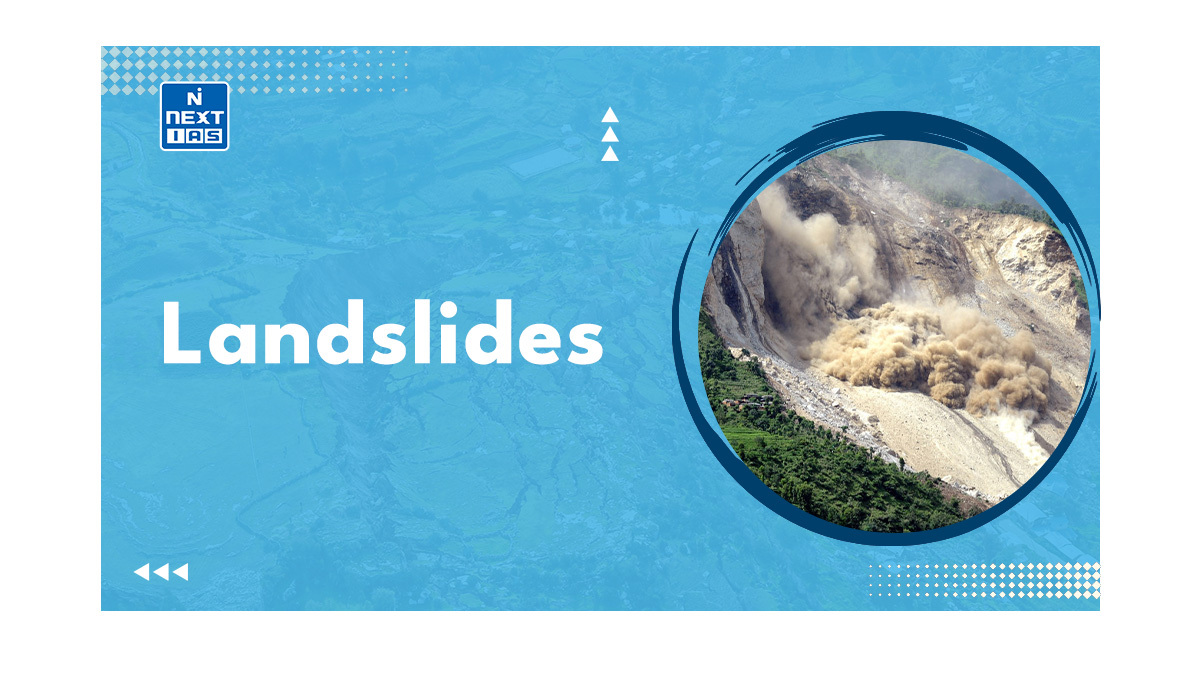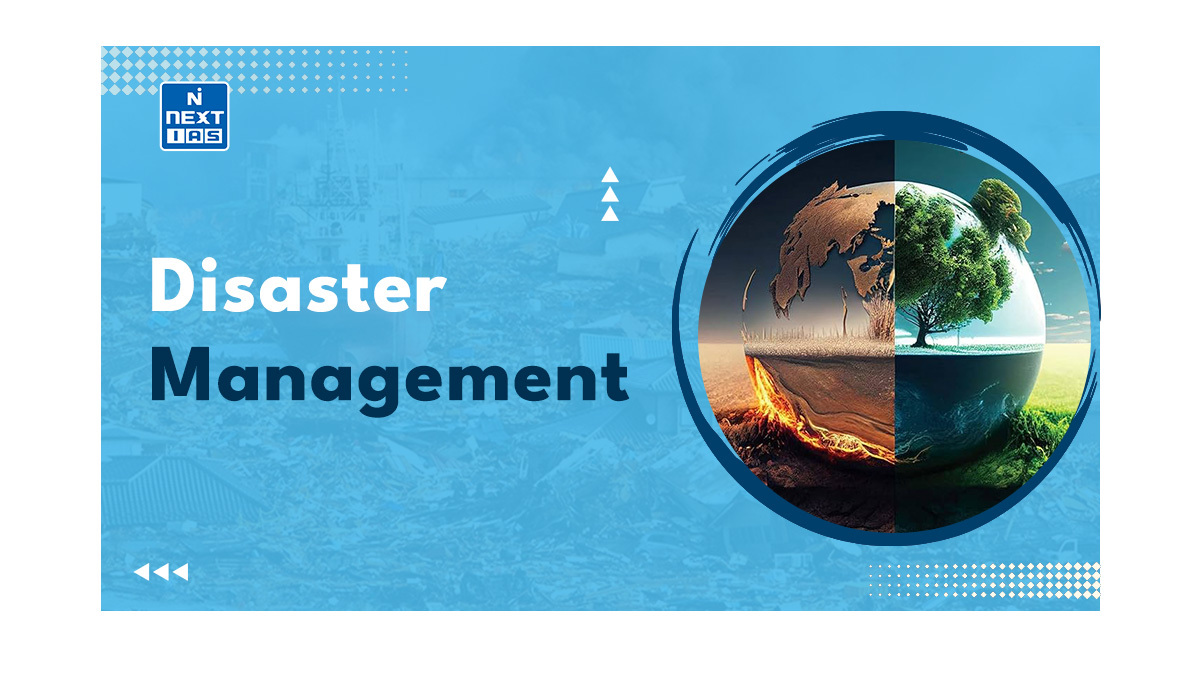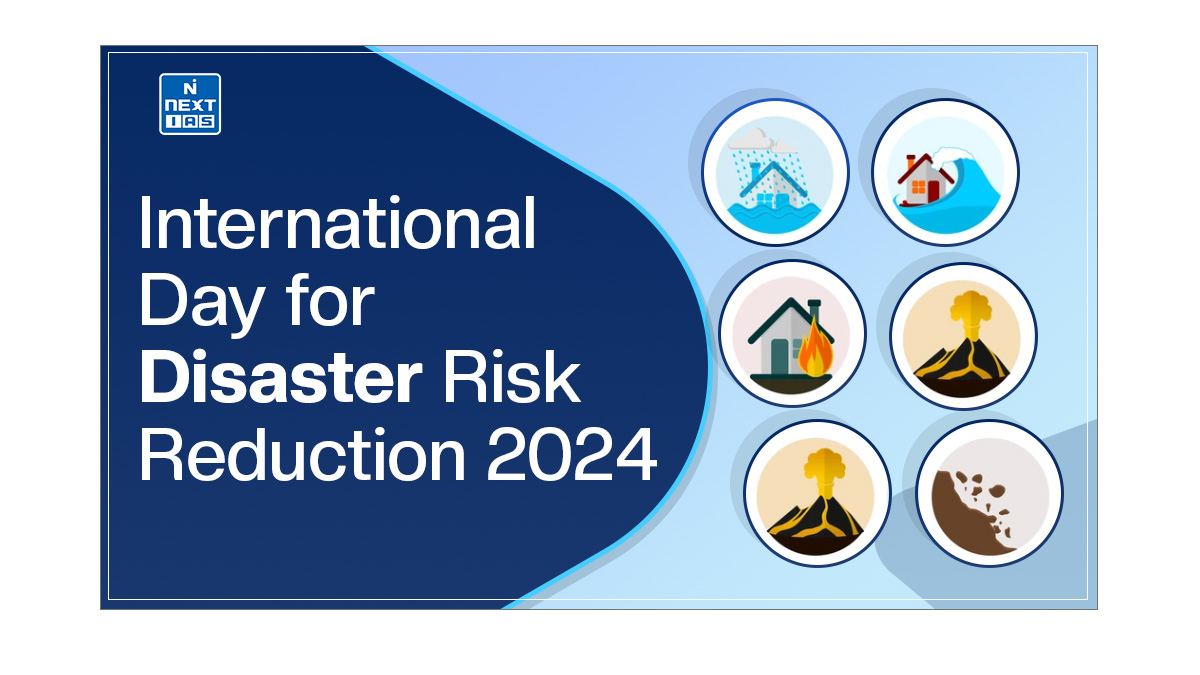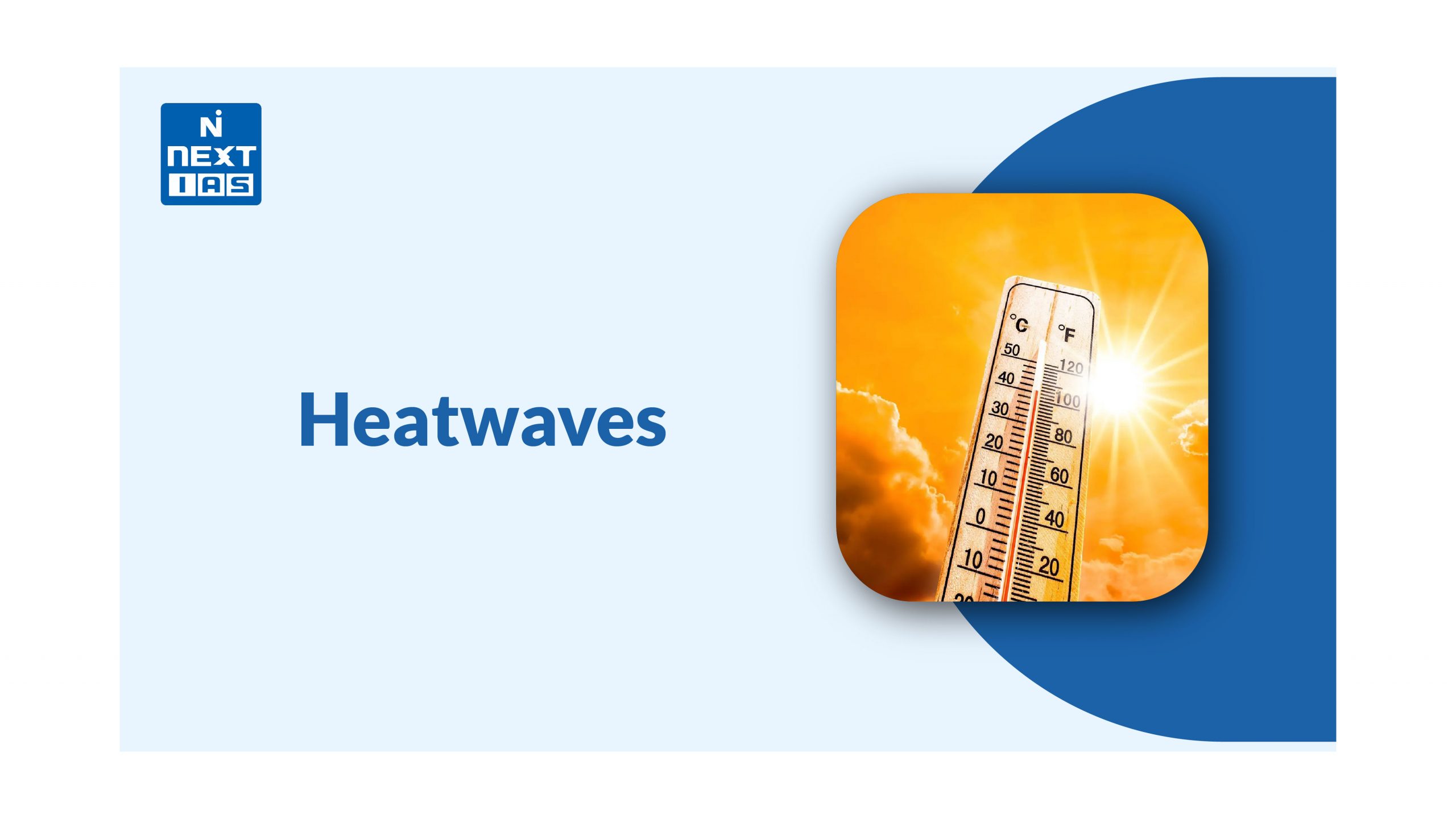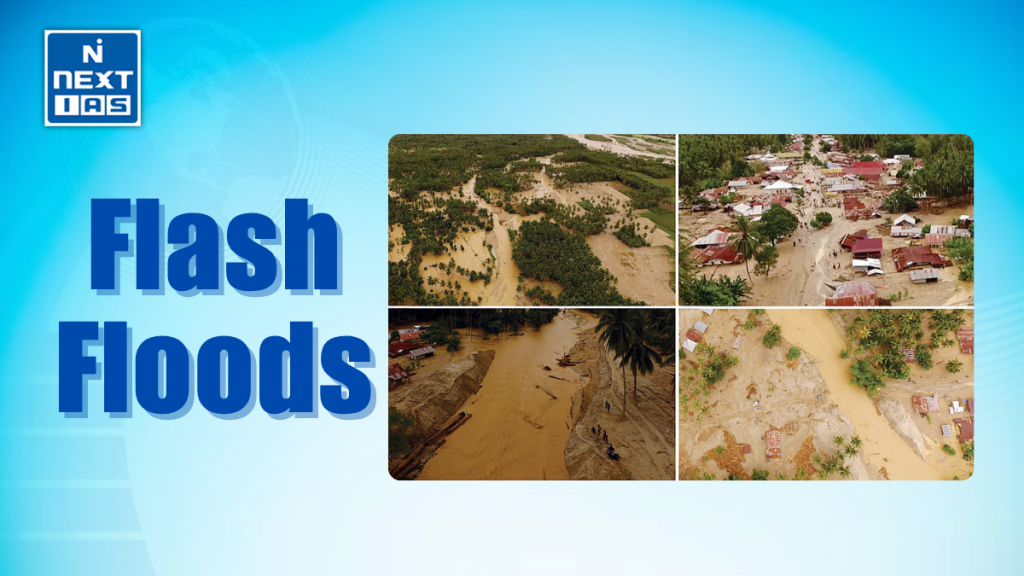
Flash flooding occurs when a heavy rainfall is set in, or dam-break situations arise or with rapid snow melting. They turn up within minutes or hours, allowing little or no time for warnings or evacuations. Such floods threaten and destroy life, properties, and infrastructures, especially in urban areas and mountain terrains lacking adequate drainage systems. This article aims to study about recent Flash floods, causes, effects, mitigation strategies, etc.
About the Flash Floods
- Flash floods are sudden and violent floods happening swiftly due to temporary heavy rains, cloudbursts, dam breaches, or rapid snowmelt, usually less than six hours.
- By contrast, ordinary floods may last for several days. The intimacy of flash floods makes them much more dangerous and lethal in a very short span of time.
- Areas commonly affected by flash floods include mountainous regions, steep terrains, and urban areas with poor drainage.
- Such floods wash away vehicles, destroy homes, uproot trees, and kill thousands of people along with causing property damage.
- These events have, however, been aggravated in frequency and severity by anthropogenic activities such as urbanization and deforestation; plus natural phenomena like climate change.
- Places in India such as Uttarakhand, Himachal Pradesh, and some parts of the Northeast are often subjected to such incidents.
- Active early warnings, sound land-use planning, afforestation, as well as awareness programs, would contribute toward mitigating such hazards.
- With increasing climate variability, it is therefore critical to strengthen all efforts toward disaster preparedness and response so that vulnerable communities could withstand the impact of flash floods.

Recent Flash‑flood Incidents in India
In Himachal Pradesh, at least 23 landslides and flash flooding incidents have thus far been recorded during the monsoon period. Running from June 20 onward, including cloudbursts that have washed away bridges and roads. Death counts floating between 78 and 109 with dozens missing and hundreds of houses and public properties damaged.
In Himachal, Late June saw a flash flood caused by a cloudburst in Mandi leaving an 11-month-old orphan. Near Thunag, two college students pulled off an audacious rescue of about 150 people.
With heavy rainfall generated extremities and surges at the reservoirs (Kangra and Kullu districts) at least 3 deaths have been accounted for, with about a dozen others missing, washing away remainder workers at a hydroelectric site, and flooding homes-near Dharamshala.
In Buxar in Bihar, where swollen rivers threaten to inundate villages with a population of well over 125,000, evoking mass evacuations and sandbagging drives.
Major Flash Flood Events in 2025 in the World
Central Texas, USA (July 4-5, 2025)
Because of a sudden downpour, the Guadalupe River rose 26 ft within 45 minutes. At least 134 deaths were confirmed, most of them children at Camp Mystic, with several missing.
Ruidoso, New Mexico, USA (July 8, 2025)
Flash floods killed three people, injured several, and stranded dozens in the burn-scarred wildfires terrain.
New York City/New Jersey, USA (July 14, 2025)
The second-wettest hour ever recorded in NYC shut down subway lines and flooded roadways severely. There were two deaths in New Jersey, where persons were swept off and away.
Pakistan (June-July, 2025)
Heavy monsoon rains induced flash flooding in Punjab and Khyber Pakhtunkhwa, killing over 32 (including eight children) and severely damaging homes and crops.
Nepal (Rasuwa, July 8, 2025)
A glacial lake outburst caused flash floods that destroyed bridges and hydro installations, killing 28 and leaving 19 missing on the Nepal side (plus 11 missing on the Tibetan side).
Causes of Flash Floods
- Such flooding is often sudden and unexpected due to heavy rainfall over a very short time.
- Considered a flash-flood-causing agent, cloudbursts undergo very heavy rainfall within a very small area, usually in the mountain terrains.
- Failures of dams or levees could unleash enormous water volumes in a matter of moments onto downstream areas, thus resulting in flash floods. On the other hand, rapid melting of snow, particularly an abrupt rise in temperature, may cause flash floods in colder zones.
- Urbanization also helps to induce the phenomenon of flash flooding because concrete will not absorb the water and will only contribute to an increase in surface runoff.
- Worsened by deforestation, lands have lower potential to absorb rainwater; rainwater then flows swiftly into the rivers or low-lying areas.
- The symptoms are even worsened by bad design of drainage and encroaching on natural drainage channels.
- Note that climate change has been bringing in increased incidences of extreme weather events, including intense rainfall, and that consequently is increasing both the flash-flood frequency and severity worldwide.
- Proper land-use planning and environmental management would thus go a long way in being able to reduce flash flood risk.
Effects of Flash Floods
- Flash floods are quite devastating to human life, infrastructure, and the environment.
- The immediate loss of life is the greatest and most severe impact, in that the sudden onslaught leaves very little time for evacuation-they may drown, be swept away, or wearing injuries from debris.
- Considering property damage, homes or buildings, along with roads and bridges, are usually destroyed or severely damaged.
- Disrupting transportation and communication networks, these get isolated regions and, in turn, delay rescue and relief operations. Agricultural lands could become submerged; this causes loss of crops, soil erosion, and food scarcity.
- Another side effect posing the risk of waterborne diseases is contamination with drinking water sources. The ecosystem also takes a hit as aquatic and terrestrial habitats get disturbed and outright destroyed.
- A blocked drain in the city, accompanied by poor waste management, will certainly worsen the flood condition.
- There is also the psychological trauma and stress of the survivors. In general, flash floods have immediate as well as long-term socio-economic consequences.
Vulnerable Areas for Flash Floods
Mountainous and Hilly Regions
- With its steeper slopes and heavy rainfall in the form of cloud bursts with quick runoff, the Himalayas become very vulnerable (such as in Uttarakhand or Himachal Pradesh).
Urban Areas
- In cities such as Mumbai, Bengaluru, and Delhi, the factors contributing to flash flooding include improper drainage systems, unplanned urbanization, and surface hardening.
Low-Lying Areas
- Water gets blocked in the plains and coastal areas of Bihar and Assam, parts of Odisha, and drains out very late.
River Basins and Catchment Areas
- Somewhere in between rivers of Ganga, Yamuna, and Brahmaputra, during sudden rainfall somewhere upstream or dam release.
Deforested and Degraded Lands
- In some regions of North-East India, tree felling may have increased the vulnerability to flash flooding.
Glacial and Snowmelt Zones
- Places like Ladakh and Sikkim stand a chance for flash floods due to the sudden strikes of glacial lake outbursts (GLOFs).
Preparedness and Mitigation Measures for Flash Floods
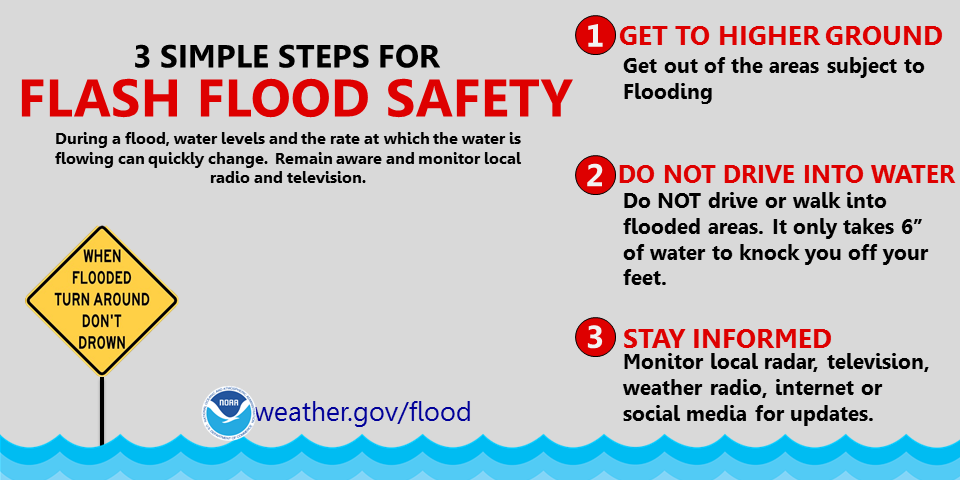
Early Warning Systems
- The installation of real-time weather monitoring systems and flood forecasting systems.
- Mobile Alert, siren announcements, and community radios are used as radio channels to warn the people.
Disaster Preparedness Plans
- Prepare contingency plans at the local level and at the state level.
- Holding frequent mock exercises and community trainings in emergency response.
Urban Planning Initiatives
- Establish an efficient drainage system for the city.
- Restrict constructions in flood-prone areas and natural waterways.
Afforestation and Catchment Area Management
- Tree planting and restoration of other vegetation provide the much-needed water absorption.
- Soil conservation in the uplands prevents run-off.
Rainwater Harvesting
- Promote storage of rainwater as one of the line defenses to reduce surface runoff.
- Restoration of natural vegetative covers should be exemplified by rooftop harvesting in the city for minimizing runoff.
Read our detailed article on Rainwater Harvesting.
Strengthening Infrastructure
- Strengthen roads, bridges, and homes against flood.
- Strengthen embankments and dams and keep them in good condition.
Community Awareness and Education
- Set up a campaign to educate citizens on the dangers of flooding and emergency response.
- Inmate training for safe evacuation and basic first aid.
Government and Institutional Support
- Ensure effective coordination between NDMA, IMD, NDRF, and state and district level officials.
Role of Government and Agencies in Flash Floods
Central Government
- Adds disaster management to the list of national policy areas and funds it.
- Coordinates with the States for relief, rescue, and rehabilitation through the Ministry of Home Affairs and Ministry of Environment.
State Government
- Implement flood management systems at the regional level.
- Inaugurate control rooms, disaster response agencies, evacuations, and relief camps.
National Disaster Management Authority (NDMA)
- Formulates guidelines and SOPs for flood preparedness and response.
- Promoting community-based disaster risk reduction and capacity building.
India Meteorological Department (IMD)
- Issues weather forecasts and rainfall alerts along with warnings of flash floods.
- Disseminate the radar data and satellite data for real-time updates.
Central Water Commission (CWC)
- Keeping a check on water levels in rivers and issues flood warnings.
- Maintains Flood Monitoring Stations in all river basins.
National Disaster Response Force (NDRF)
- Search, rescue, and relief activities during flood emergencies.
- Creates awareness through camps and mock drills for local communities.
Local Authorities and Panchayats
- On-ground response facilitation, coordination of shelters, and distribution of aid.
Way Forward
- Flash flooding can be prevented if India strengthens the early warning system, applies sustainable urban planning, and restores natural drainage.
- At the grassroots level, awareness among the community, afforestation, and resilient infrastructure stand really very important.
- Hence, the government, together with local authorities and disaster management agencies, should be capable of coordinating action and enforcing climate-adaptive policies until the reduction of vulnerability allows for short- and long-term preparedness.
Conclusion
These are suddenly setting in and downright destructive natural calamities that cause massive damages to life, property, and environment. Their number is increasing due to rapid urbanization and changing climatic conditions. Thus, a combination of preparedness, early warning system, sustainable development planning, and coordination in the government machinery is required to be able to mitigate risk and make the vulnerable communities safe from the horrors of these gigantic disasters.
FAQs: Flash Floods
What is the Central Water Commission (CWC)?
The Central Water Commission (CWC) is a prestigious technical organization under the Ministry of Jal Shakti of India. The Commission aims at managing, developing, and conserving the water-related resources. The CWC is entrusted with responsibilities relating to flood forecasting, designing water-related infrastructure, advising the states on water-related matters, etc., toward sustainable and efficient utilization of the water resources of India.
What are early warning systems?
Actually, it is a set of tools and technologies that can be used to warn of a potential natural hazard like flash floods, earthquakes, or storms, beforehand. These early warnings were communicated to authorities and community members to respond swiftly and curtail any loss of lives or property and environmental degradation.
Why are flash floods so dangerous?
Flash floods present extreme dangers because they come with little or no warning, the waters moving so swiftly as to wash away people, vehicles, and structures. As a consequence of their speed and intensity, a large number of casualties and damages occur as there is no time to evacuate.
How can we stay safe during a flash flood?
Get to higher ground at once when a flash flood threatens your area. Never attempt to walk or drive through floodwaters. Keep alert to weather bulletins and adhere to instructions from authorities. Have a pre-packed emergency kit ready, switch off utilities when told to do so, and never attempt to cross fast-flowing waters regardless of how shallow they appear to be.
Can flash floods be predicted?
Well, flash floods can be forecast somewhat using sophisticated weather forecasting, radar systems, and satellite data. The IMD and CWC monitor rainfall, river levels, and terrain conditions to issue alerts. But given the nature of their sudden onset, accurate prediction is near impossible, making early warnings even more crucial for safety.
| Further Reading |
|---|
| Landslides |
| Urban Flooding in India |
